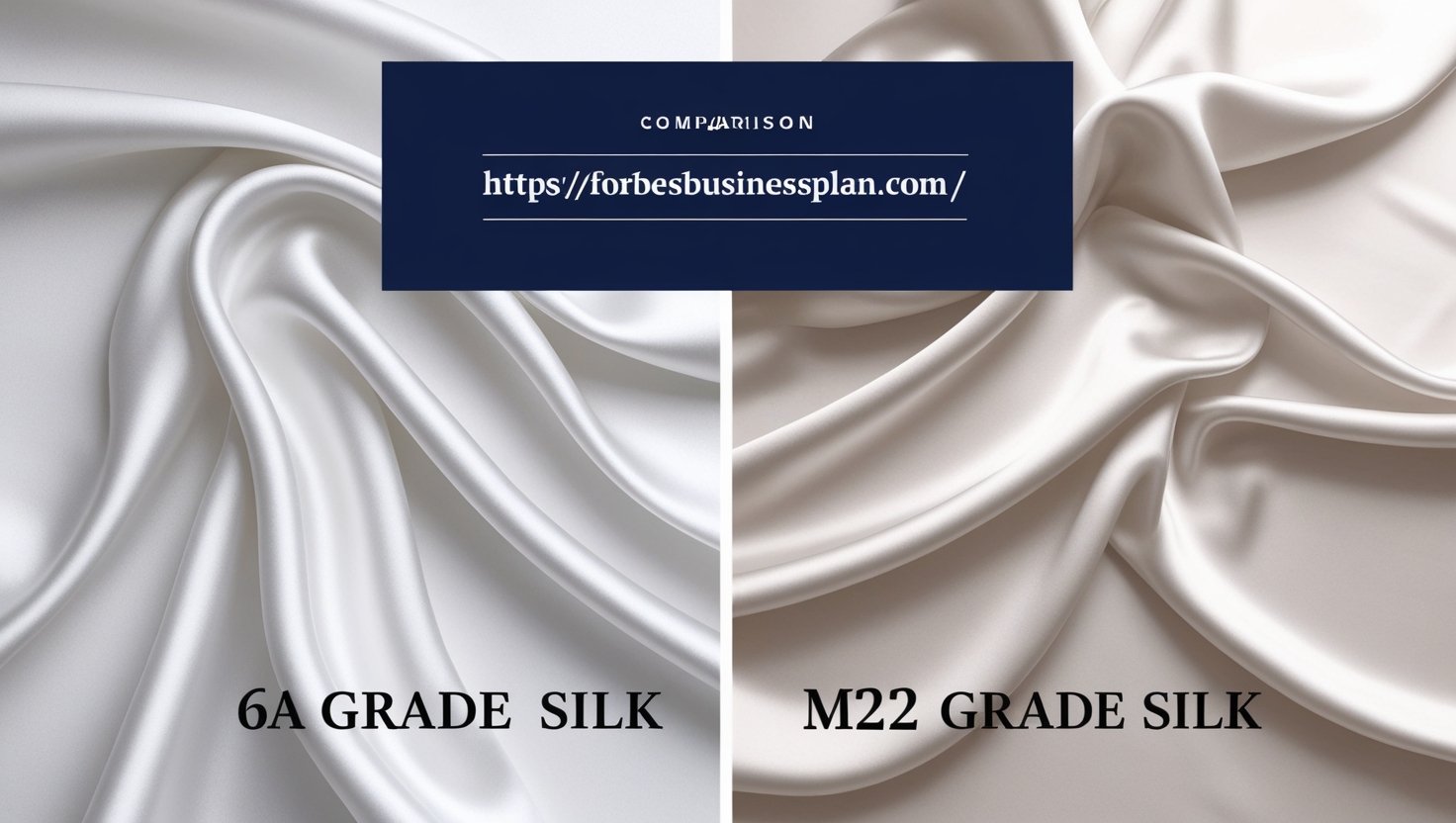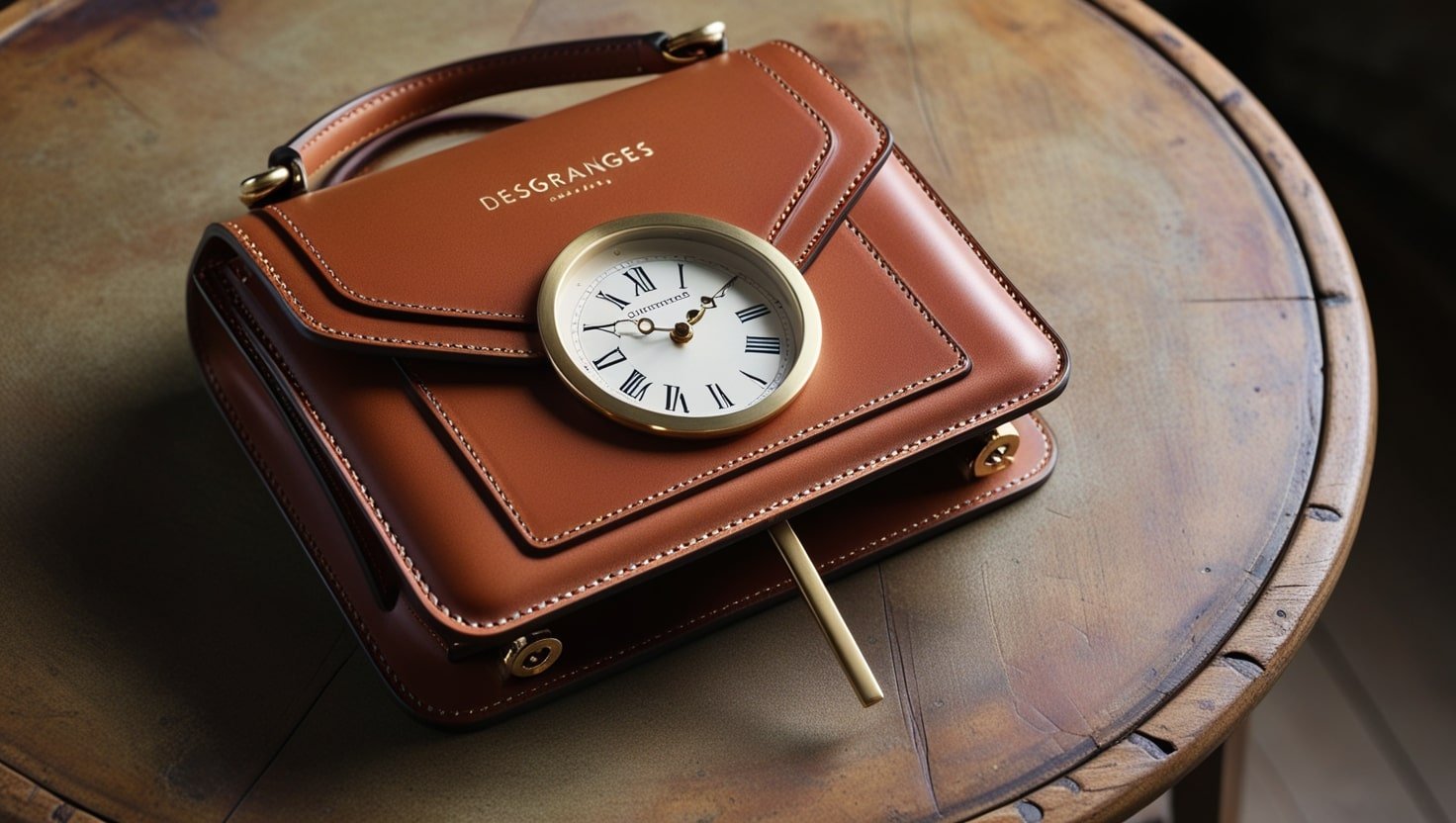6A Grade Silk vs M22 Grade Silk: A Comprehensive Guide

Silk is quite possibly one of the most extravagant and sought-after textures on the planet. Its soft texture, sheen, and durability make it a favourite choice for various products. Among the many types of silk, 6A Grade Silk vs M22 Grade Silk are popular due to their distinct qualities. This article explores the differences between 6A Grade Silk vs M22 Grade Silk, helping you understand their characteristics, applications, and benefits.
Understanding 6A Grade Silk vs M22 Grade Silk
6A grade silk is regarded as the finest quality silk available on the market. It is part of a grading system that measures silk quality based on fibre length and uniformity. The grades range from A to C, with A being the highest. Within the A category, a numerical scale from 1 to 6 determines the quality, with 6A being the best.
6A grade silk is known for its smooth texture, long fibres, and unmatched sheen. It is often used for luxury products that require exceptional softness and durability. The production process is meticulous, ensuring the silk meets the highest standards.
What is M22 Grade Silk?
M22 grade silk refers to a specific type of silk that is valued for its strength and practicality. While it may not have the same luxurious appeal as 6A-grade silk, it serves a different purpose. M22 silk is often used for products that require durability and functionality. It is less focused on the luxurious feel and more on the structural integrity of the fabric.
Unlike 6A silk, M22 silk is not typically associated with high-end fashion or bedding but is used in industries where sturdier silk is needed. This makes it a practical choice for applications requiring resilience.
Differences Between 6A Grade Silk vs M22 Grade Silk
The primary distinction between 6A grade silk vs M22 grade silk lies in their intended use and quality. 6A grade silk is soft, smooth, and luxurious, making it ideal for personal items like bedding and clothing. On the other hand, M22 grade silk is known for its durability and is often used for industrial or functional purposes.
6A silk has a glossy finish and feels incredibly soft to the touch. Its long fibres make it less prone to wear and tear, ensuring it lasts longer with proper care. In contrast, M22 silk, while sturdy, does not have the same softness or sheen. It is thicker and coarser, suitable for heavy-duty applications.
Applications of 6A Grade Silk
6A-grade silk is synonymous with luxury and comfort. It is commonly used in products that come into direct contact with the skin, such as pillowcases, bedsheets, and clothing. The softness of 6A silk reduces friction, making it beneficial for hair and skin health. It is also used in high-end garments like dresses, scarves, and ties, where its glossy appearance enhances the overall look.
Additionally, 6A silk is often chosen for wedding gowns, luxury sleepwear, and premium accessories. Its smooth texture and radiant sheen make it the preferred fabric for creating elegant and timeless pieces. The use of 6A silk in these items not only elevates their aesthetic appeal but also ensures comfort and longevity.
Applications of M22 Grade Silk
M22 grade silk is better suited for applications requiring strength and durability. It is often used in upholstery, drapes, and other home furnishings. Its robust nature makes it ideal for industrial purposes, such as in composite materials or costumes. While it may not offer the same luxurious experience as 6A silk, M22 silk is practical and long-lasting.
M22 silk is also widely used in crafting durable outdoor tents, parachutes, and protective gear. Its ability to withstand wear and tear makes it a reliable choice for heavy-duty applications. Furthermore, its cost-effectiveness allows manufacturers to produce sturdy products without compromising on quality.
Pricing Differences Between 6A Grade Silk and M22 Grade Silk
When comparing 6A grade silk vs M22 grade silk, price is a significant factor. 6A silk is more expensive due to its superior quality and luxurious appeal. The production process for 6A silk involves meticulous attention to detail, which adds to its cost. M22 silk, being more functional and less focused on luxury, is typically more affordable. This makes it a preferred choice for budget-conscious buyers seeking durability.
The higher cost of 6A silk reflects its exclusivity and refinement. Products made from 6A silk are often seen as investments due to their long-lasting nature and premium feel. In contrast, the affordability of M22 silk makes it accessible for a broader range of practical applications.
How to Identify 6A Grade Silk vs M22 Grade Silk
Identifying the difference between these two silk grades can be challenging for the untrained eye. The texture of 6A silk is smoother and softer, while M22 silk feels coarser. The sheen of 6A silk is more pronounced, reflecting light beautifully. Additionally, 6A silk is lighter and finer, whereas M22 silk is thicker and heavier. By touching and examining the fabric closely, you can distinguish between the two.
Another way to differentiate them is by testing their weight and drape. 6A silk tends to flow effortlessly, while M22 silk is more rigid and structured. These characteristics make it easier to identify which silk grade suits your specific needs.
Caring for 6A Grade Silk vs M22 Grade Silk
Proper care is essential to maintain the quality of both 6A and M22 silk. For 6A silk, hand washing with a mild detergent is recommended to preserve its softness and sheen. It should be air-dried to avoid damage. M22 silk, being sturdier, can often handle machine washing, but it is always best to follow the care instructions provided with the product. Storing both types of silk in a cool, dry place away from direct sunlight ensures their longevity.
Silk care also involves avoiding exposure to harsh chemicals and prolonged moisture. Using silk-specific cleaning agents for 6A silk ensures its fibres remain intact and vibrant. For M22 silk, while it is more robust, gentle care extends its lifespan and maintains its functional properties.
Sustainability of 6A Grade Silk and M22 Grade Silk
The sustainability of silk production varies between grades. 6A silk is often produced using eco-friendly practices, making it a more sustainable choice for buyers who prioritize environmental impact. M22 silk, while practical and durable, may involve less sustainable production methods due to its industrial focus. Choosing the right silk grade depends on your values and intended use.
Many manufacturers of 6A silk are adopting organic farming techniques, ensuring that the silk is free from harmful chemicals. This approach lines up with the developing interest in feasible extravagance. In contrast, M22 silk production focuses on efficiency, which may involve practices that are less environmentally friendly but prioritize practicality and cost-effectiveness.
Final Thoughts on 6A Grade Silk vs M22 Grade Silk
When deciding between 6A grade silk vs M22 grade silk, it is crucial to consider your needs and priorities. If you are looking for luxury, softness, and elegance, 6A-grade silk is the perfect choice. However, if you need a fabric that is durable and cost-effective, M22 silk offers excellent value. Understanding the unique characteristics of each grade ensures you make the best decision for your specific requirements.
Whether you prioritize the elegance of 6A silk or the practicality of M22 silk, both types represent the versatility and beauty of silk as a fabric. By choosing the right grade, you can enjoy the benefits of this timeless material in a way that aligns with your lifestyle and preferences.





